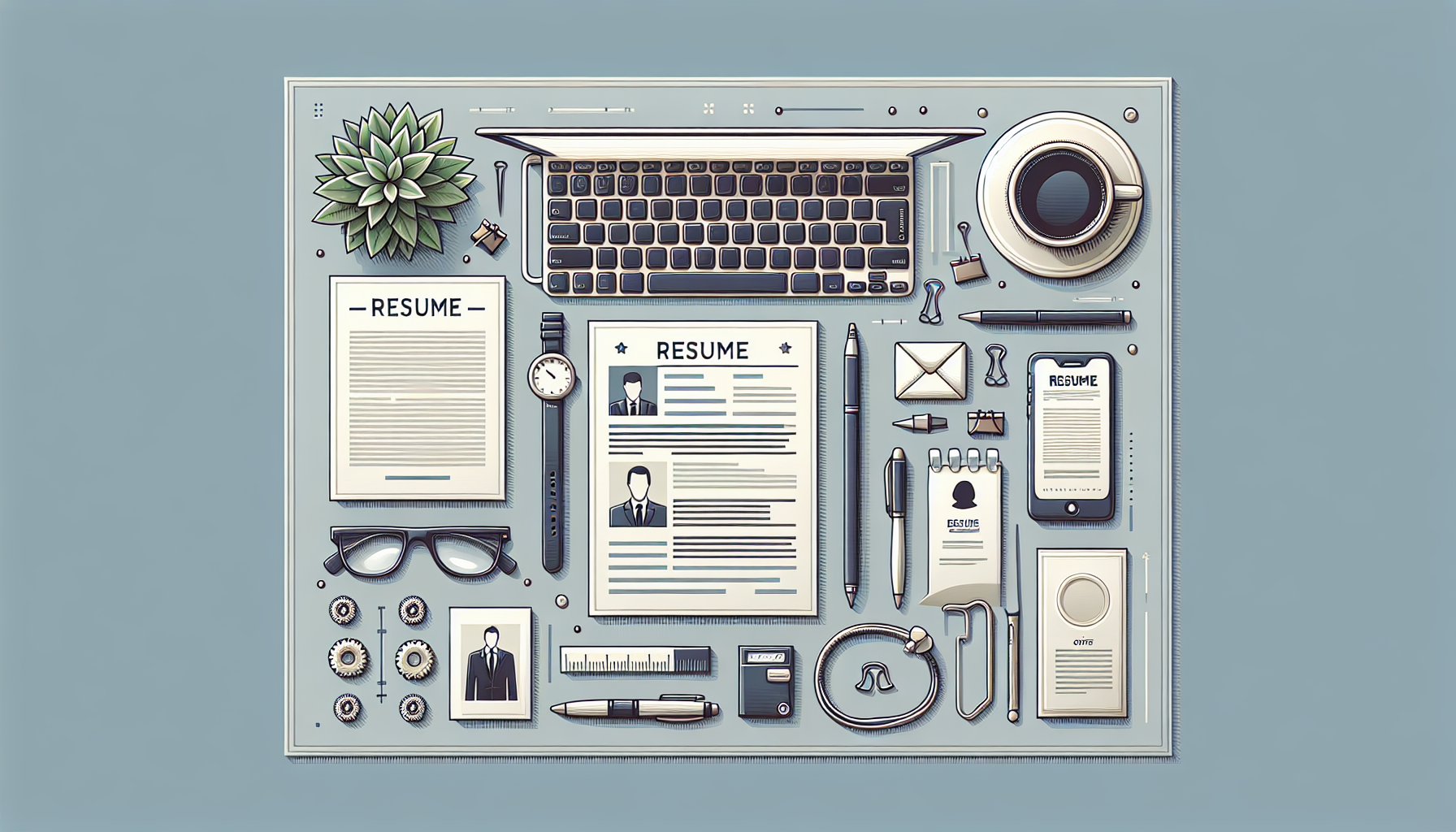Crafting Your Professional Identity: A Comprehensive Guide on How to Create a Resume

Crafting a resume is akin to painting a self-portrait for the professional realm. It's an art form where strategy, precision, and personal branding converge to showcase your career story. In today's dynamic job market, it's not just about listing jobs and education; it's about creating a compelling narrative that captures and holds a hiring manager's attention from the very first glance. This all-encompassing guide aims to demystify the resume creation process, tailoring it to reflect your unique professional identity effectively and distinctively.
A resume is your professional avatar, a written embodiment of your work history, skills, and accomplishments. It is the bridge that connects you to your future employer and a tool designed to persuade them that you deserve an interview. Consider your resume as your personal sales pitch
The resume-building process starts long before the first word is typed. Begin by reflecting on your career milestones and note down significant achievements, courses, workshops, and roles that have shaped your professional journey. This collated data should include job titles, dates of employment, descriptions of responsibilities, and any transferable skills. Think about how these experiences align with the roles you aspire towards and prepare to highlight the most relevant facets.
Your resume format can significantly impact your ability to convey your suitability for a job. Here's a deeper dive into the three primary resume formats:
- Chronological: It's the most traditional format, best suited for individuals with a stable work history. By displaying an upward career trajectory, it reassures employers of your consistency and experience within a field.
- Functional: This format shifts the focus away from time-based job progression, allowing professionals with eclectic work histories or substantial gaps in employment to highlight their skills and project-based experiences.
- Combination: Offering flexibility, this format allows you to demonstrate core competencies up front while still detailing your job history. It is especially useful for those aiming to draw attention to how their abilities align with specific job requirements.
Regardless of the format chosen, ensure it best frames your professional story to resonate with potential employers in your industry.
Your resume's introductory statement is your hook, providing a snapshot of who you are professionally. Objectives are forward-looking, explaining your career goals and how you plan to contribute to potential employers. On the other hand, summaries are a brief audition tape of your career, giving an overview of who you are, what you've accomplished, and the unique attributes you bring to the table. Tailor this section to each job application, using keywords from the job description to pass automated applicant tracking systems.
Take a methodical approach when crafting your experience section. Start with your current or most recent role and detail your responsibilities in bullet points that begin with action verbs. These bullet points should not just be a list but succinct stories of success, preferably quantified with statistics or amounts to emphasize the impact of your contributions.
In the education section, fresh graduates can delve into relevant extracurricular activities, leadership roles, or academic projects, while seasoned professionals should focus on advanced degrees or continuous learning relevant to their field.
This section is your professional highlight reel. Identify skills that are both general and specific to your industry, showcasing your proficiency and readiness for the role. Be explicit about your achievementsawards, recognitions, or successful projects you've spearheadedall of which add credence to your claims of expertise.
Your resume's visual presentation is pivotal. It must be not only polished and professional but also scannable. Resumes are often skimmed in less than 30 seconds, so use bullet points, adequate spacing, and subheadings to direct employer attention to the most important information. Consistency in style and formatting is key in fostering readability and maintaining the employer's focus on your narrative rather than on distracting design elements.
The last step is rigorous proofreading to eliminate any lingering errors that could undermine your professionalism. Small details mattera typo can be the difference between landing an interview or being passed over. Additionally, consider the power of an external perspective; a trusted individual can provide critical insights on both the content and presentation of your resume.
Maximize modern technology by utilizing online resume building tools, which offer templates and formatting guides to streamline the creation process. Services such as LinkedIn also offer ways to fortify your professional image by complementing your resume with a more detailed online profile showcasing endorsements, a larger network, and perhaps a more holistic view of your professional life.
A resume is a dynamic and evolving document. As you grow and transition through various stages of your career, so should the content and emphasis of your resume. Invest the time and energy into this critical tool, reflecting on your personal brand and the value you can offer employers. Through careful crafting and strategic design, your resume will not only open doors but also set you firmly on the path to your dream job.
